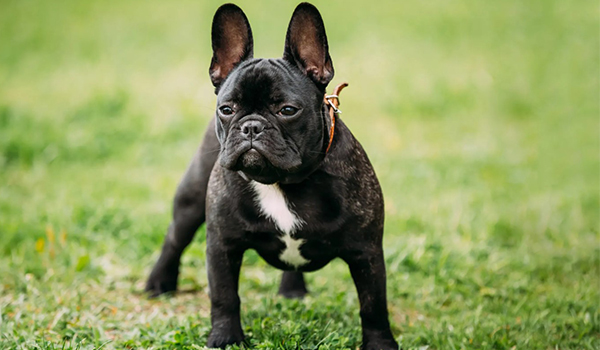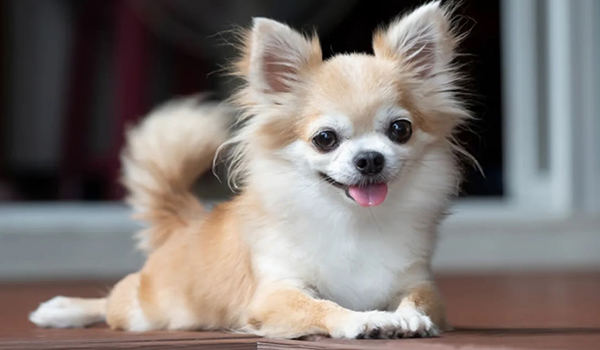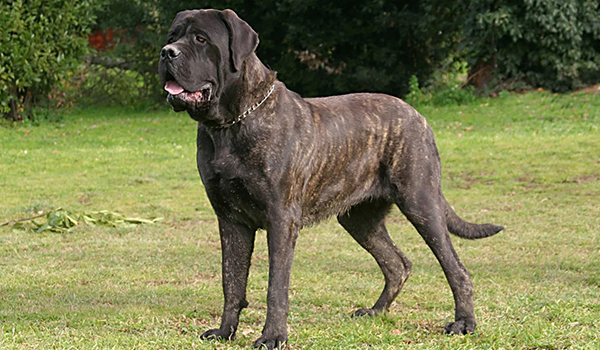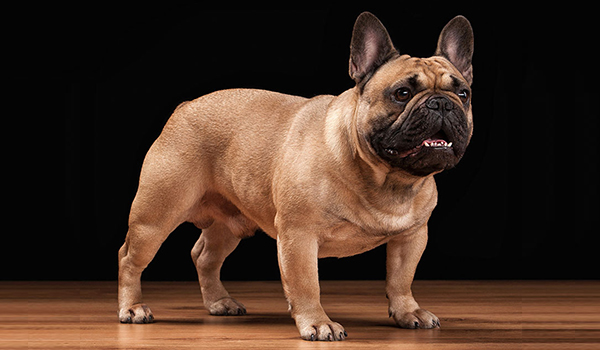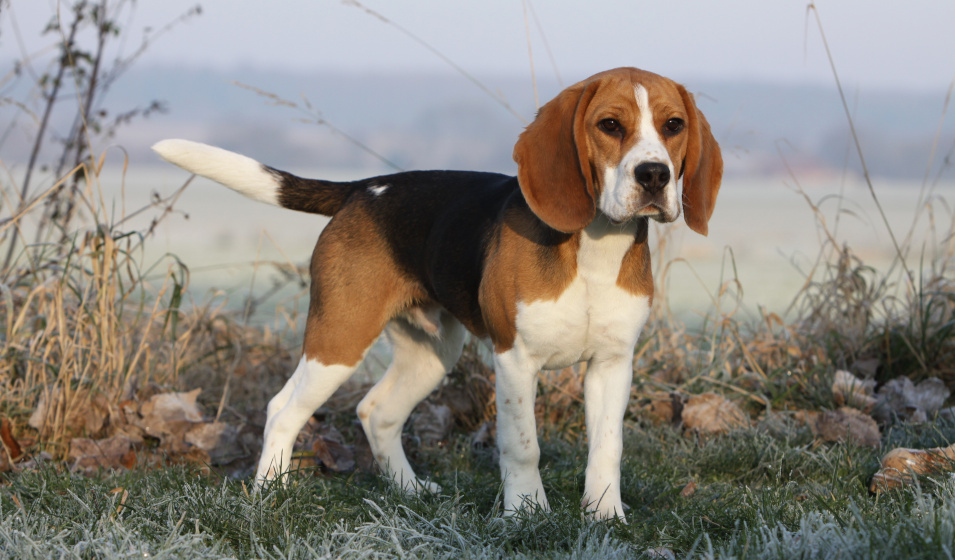
With their pleading eyes, soft floppy ears, and merry personality, the Beagle is one of the most recognizable and beloved dog breeds in the world. Their compact size and charming expression hide a determined, energetic hound with a mind of its own. Made famous by Snoopy and beloved by families, the Beagle is more than just a cute face—they are a unique breed with specific needs.
This comprehensive guide will help you understand everything about the Beagle, from their ancient history to their modern-day quirks, to decide if this merry little hound is the right fit for your home.
Breed Overview
- Group: Hound
- Height: 13 inches & under or 13-15 inches (two varieties)
- Weight: 20-30 pounds
- Life Span: 10-15 years
- Coat: Short-haired, dense, and weather-resistant. The classic tricolor (black, tan, and white) is most common, but they can also be lemon, red and white, or any true hound color.
A Brief History: A Hound of Noble Lineage
The Beagle’s history is somewhat mysterious, but small hounds used for hunting rabbit and hare (called “beagling”) have existed for centuries. Their name may come from the French word “begueule” (meaning “open throat”) or the Gaelic word “beag” (meaning “small”).
They were developed in England to be a compact pack hound that hunters could follow on foot. Their incredible sense of smell, stamina, and musical bay made them perfect for this job. While they were refined in 19th-century England, their popularity in America soared in the 20th century, where they became not only skilled hunting companions but also cherished family pets and, due to their gentle nature, common dogs used in medical research.

The Beagle Temperament: Merry, Loving, and Determined
The American Kennel Club standard describes the Beagle’s essential temperament as “merry,” and it’s the perfect word for them.
- Friendly & Curious: Beagles are the quintessential friendly dogs. They are social butterflies who typically get along with everyone—children, other dogs, and even cats. They are curious about their world and love to explore.
- Playful & Energetic: They retain a puppy-like playfulness well into adulthood. They love a good game of fetch (though they may not always bring it back) and have a surprising amount of stamina for their size.
- Food-Motivated: This is a defining trait. A Beagle’s world revolves around its stomach. This makes them highly trainable with the right treats, but also prone to obesity and counter-surfing.
- Independent & Stubborn: Bred to make their own decisions while hunting miles away from their human, they have a strong independent streak. They will often follow their nose instead of your command, which can make recall difficult.
- Vocal: Beagles have three types of vocalizations: a standard bark, a howl, and their famous bay—a musical, half-baying, half-barking sound used to alert hunters. They will use this voice to announce visitors, express boredom, or if they catch an interesting scent.
Caring for Your Beagle
Exercise: More Than Just a Walk
A bored Beagle is a destructive Beagle. Their energy and intelligence need a proper outlet.
- Daily Requirements: Aim for at least 60 minutes of exercise daily. This should include:
- Leashed Walks: Always use a leash unless in a securely fenced area. If they catch a scent, they will follow it, deaf to your calls.
- Secure Play: A safely fenced yard where they can run and sniff is ideal.
- Mental Stimulation: This is just as important as physical exercise. Use puzzle toys, snuffle mats, and nose work games to tire them out.
Grooming: Low-Maintenance but Prolific Shedders
- Brushing: Their short coat is easy to care for. A weekly brush with a grooming mitt or hound glove will help control shedding and distribute skin oils.
- Bathing: Bathe only as needed (every few months or if they find something smelly to roll in).
- Other Needs: Regular ear cleaning is a must. Their floppy ears trap moisture and are prone to infections. Check and clean them weekly. Keep their nails trimmed.
Training: Patience and Positive Reinforcement
Training a Beagle requires patience, consistency, and a pocket full of high-value treats.
- Start Early: Begin socialization and puppy training classes as soon as possible. Expose them to various sights and sounds.
- Use Food Motivation: This is your greatest tool. Use small, smelly treats (cheese, chicken) to reward good behavior. Keep training sessions short and fun to hold their attention.
- Master Recall: Practice recall in a safe, enclosed environment. Never trust them off-leash in an unsecured area.
- Be Patient with Housetraining: They can be notoriously slow to housetrain. A strict, consistent schedule is absolutely crucial for success.
Health: What to Be Aware Of
Beagles are generally healthy, but like all breeds, they are prone to certain conditions.
Ear Infections: Due to their floppy ears, regular cleaning and monitoring are essential.
Obesity: This is the biggest health threat. Their love of food means portion control and avoiding table scraps are non-negotiable.
Epilepsy: Beagles can be prone to seizures, which are usually managed with medication.
Hypothyroidism: An underactive thyroid gland can lead to weight gain and skin issues. It is manageable with medication.
Intervertebral Disk Disease (IVDD): Their long back can put them at risk for back issues. Avoid letting them jump on/off high furniture.
Cherry Eye: A condition where the gland in the third eyelid prolapses and becomes visible. It requires veterinary attention.

Is a Beagle Right for You?
A Beagle might be your perfect match if you:
- Have an active family with children.
- Want a friendly, outgoing dog who loves everyone.
- Have a secure, fenced yard.
- Enjoy walks, hikes, and outdoor adventures (on a leash!).
- Have a sense of humor and don’t mind a stubborn streak or a loud baying sound.
- Understand the power of food motivation and are committed to portion control.
You might want to reconsider if you:
- Live in an apartment with noise restrictions (their baying can disturb neighbors).
- Need a dog with flawless off-leash reliability.
- Prefer a quiet, low-energy, or independent dog.
- Don’t have the time for daily, vigorous exercise.
- Get frustrated easily by stubbornness.

Finding Your Beagle
- Reputable Breeders: Choose a breeder who performs health testing on their breeding stock (thyroid, hip, and eye clearances) and welcomes you into their home. Meet the puppy’s parents to gauge their temperament.
- Rescue & Shelters: Beagles are unfortunately common in shelters and breed-specific rescues. Many are given up when their hunting instincts or vocal nature become too much for unprepared owners. Adopting an adult Beagle can be a wonderful option, as their personality is already known.
Bringing a Beagle into your life means committing to a joyful, vocal, and endlessly entertaining companion. With the right preparation, plenty of exercise, and a good sense of humor, you will gain a loyal best friend whose merry nature will fill your home with laughter and love.

